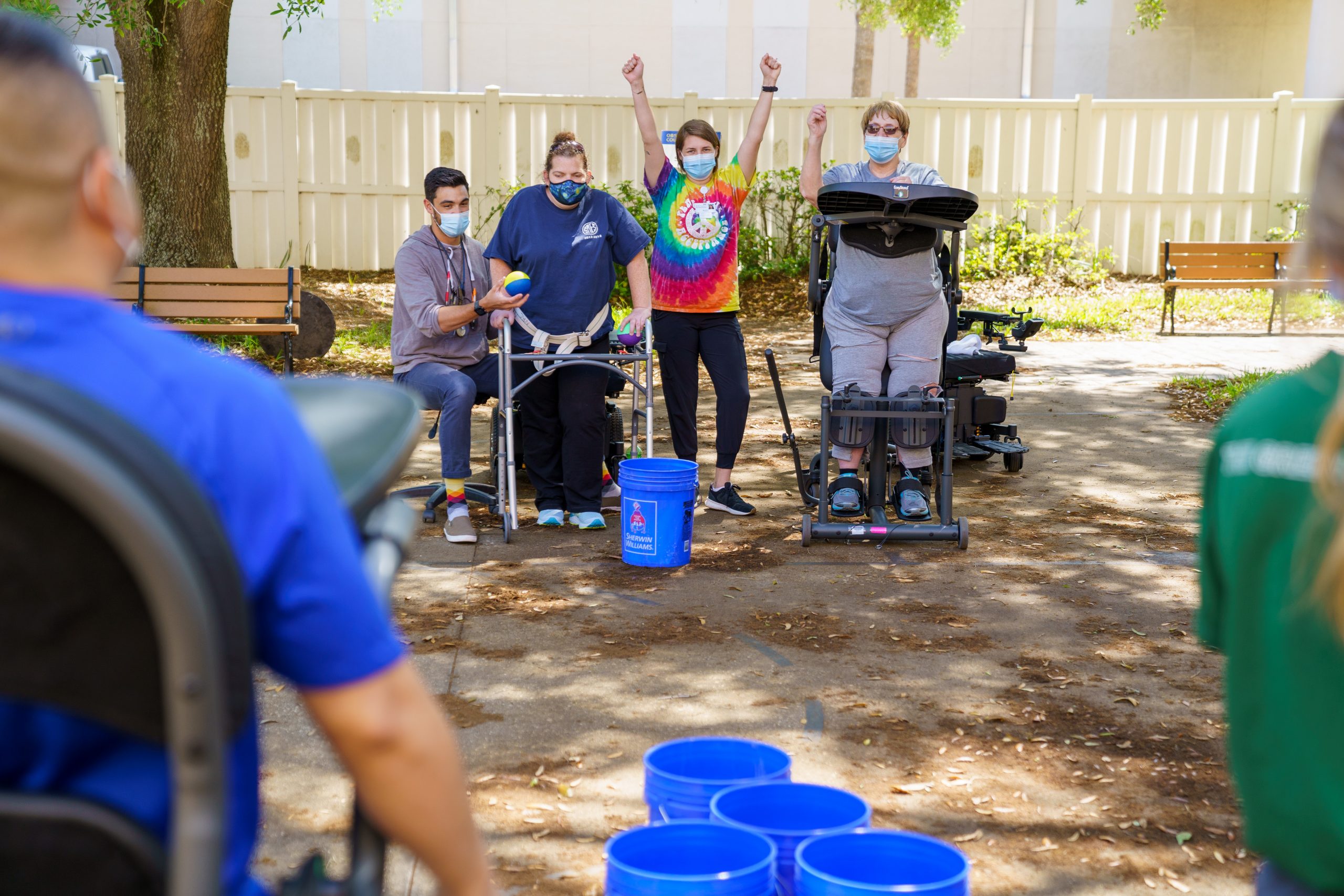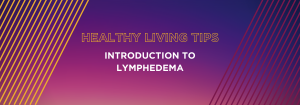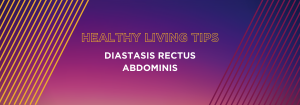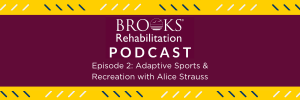Crowdsourcing: Engaging Employees for Innovation

Back to physical health resource hub
Innovation is a core value at Brooks, and we encourage it from every employee across our system of care. Some of Brooks Rehabilitation’s most successful programs like Adaptive Sports and Recreation and the Brain Injury Clubhouse were initiated by passionate employees who wanted to do more for their patients. In 2013, as a way to formalize the process, we invited any employee at Brooks to submit innovative ideas that fill a gap and improve the patient or employee experience. The “crowdsourcing” response was overwhelming.
“Crowdsourcing is a tremendous way for us to garner ideas from staff. It’s our job as leaders to listen to our front-line staff. We don’t have all the answers. Our employees know best what we need to be doing to help our patients and families and make this a better place to work. We need to create the environment where employees are encouraged to bring forward those ideas,” said Doug Baer, Brooks Rehabilitation President & CEO.
Once ideas are submitted, an executive committee chooses the best seven to 10 submissions. The selected individuals or groups then present to the entire Brooks management team during the annual Leadership Conference. Management votes in real time for the idea(s) that should be explored further. Winners are given a financial allowance to research their idea; determine project feasibility with our finance, project development and marketing teams; and then develop a final business plan for consideration.
Some of the tremendous new programs and services that have come from crowdsourcing winners include:
Brooks Rehabilitation Aphasia Center (BRAC)
In what is still one of the most compelling presentations to date, a team of two Brooks speech-language pathologists, a neuro psychologist and an occupational therapist demonstrated the daily struggles for individuals living with aphasia and the gaps of services for these individuals. The BRAC was the overwhelming winner of our inaugural crowdsourcing event.
The BRAC provides comprehensive support for people affected by aphasia due to stroke, traumatic brain injury, brain tumors or other neurological disorders. The BRAC offers two programs, including a community track and an intensive, comprehensive aphasia program. The community track provides coordinated group activities to help reduce barriers to communication. The intensive, comprehensive aphasia program combines individual therapy and immersive group rehabilitation for 25–30 hours per week for six weeks.
Within the first year of opening, the program was at capacity and has remained at capacity ever since. A satellite communications group was then started at our St. Augustine clinic and another will start soon in Orange Park, Fla.
Helen’s House
In their crowdsourcing presentation, a patient, Chris Howell and his mom, Terrie Howell, shared their challenges finding affordable and accessible housing options while trying to remain in Jacksonville, Fla., for continued therapy. Chris and Terrie joined Brooks employees to propose a family housing concept. Helen’s House opened in 2017 as a hospitality house offering affordable, temporary lodging to Brooks patients and their caregivers. Helen’s House is named in honor of Helen Brown, the wife of Brooks namesake, J. Brooks Brown, MD. Mrs. Brown was a welcoming and gracious host who made everyone she met feel like they were part of the family.
Brooks Rehabilitation Alternative Voices (BRĀV)
A 2017 crowdsourcing winner, BRĀV is an augmentative and alternative communication (AAC) specialty at Brooks. Therapists provide an actual, digital voice for people who have difficulty speaking. Our patients of all ages use speech-generating devices (SGDs) to communicate with those around them. BRĀV clinicians across the system of care complete specialized AAC evaluation and treatment sessions for individuals who have severe communication impairment from an autism spectrum disorder, cerebral palsy, genetic disorders, ALS, stroke, traumatic brain injury and spinal cord injury.
The Spinal Cord Injury & Related Disorders Day Treatment Program (SCI/D)
This interdisciplinary rehabilitation program is designed to provide intense therapy for patients who have had a spinal cord injury (SCI) or similar impairments. Opening in January 2019, it’s already fulfilling a huge unmet need.
Patients can be referred to the program after their inpatient rehabilitation hospital stay or once they are able to transition from home health. Overseeing SCI-D is a medical director, psychologist, physical therapist, occupational therapist, speech therapist and a nurse case manager, all with specialized training in spinal cord injuries. Patients in the SCI-D program participate in half- or full-day treatment for a maximum of six hours a day, five days a week, for up to 12 weeks. The SCI-D program focuses on managing ongoing medical needs with special attention toward home and community reintegration for those impacted by a SCI.
Future Programs
At our 2019 Leadership Conference, several winners were chosen. After business planning and feasibility studies, two will move forward to development:
Center for Voice, Feeding & Swallowing
This specialty will support patients with complex feeding, voice and swallowing disorders by providing state-of-the-art diagnostic tools, a specialized team of clinicians, and access to the latest and most innovative treatments in the outpatient setting. It will be located on our Bartram campus in Jacksonville, Fla., and is expected to open by the end of the year.
PLAYY
Playing, Learning, and Adapting for Youth, Yayy! (PLAYY) will be an inclusive playground setting for children and youth with disabilities. Inclusion is vital for successful development and integration. Early inclusion leads to better outcomes in adulthood for persons with disabilities. The playground will be located outside of the Brooks/Halifax pediatric clinic in Daytona Beach, Fla.
Crowdsourcing is a tremendous benefit to our employees and patients. We look forward to the next round of innovative ideas presented in September.


